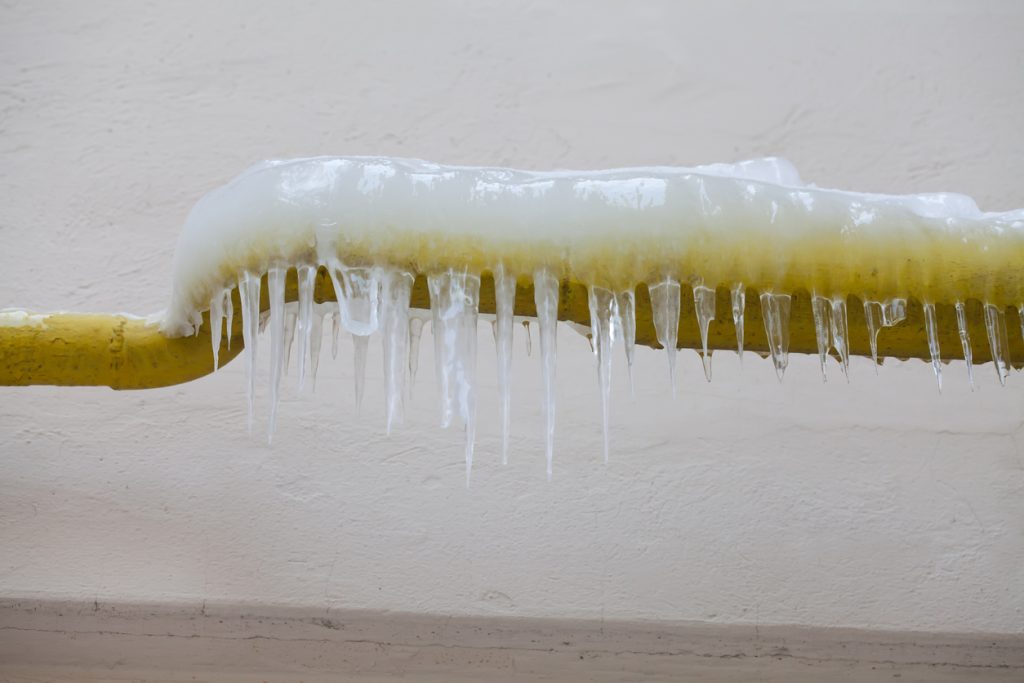Guidance for Avoiding Frozen Pipes in Winter: Expert Tips
Guidance for Avoiding Frozen Pipes in Winter: Expert Tips
Blog Article
The author is making a number of good pointers on 6 Ways to Prevent Frozen Pipes in general in this content down below.

Winter can ruin your plumbing, specifically by freezing pipes. Below's exactly how to avoid it from taking place and what to do if it does.
Intro
As temperature levels decline, the danger of frozen pipelines increases, potentially causing pricey repairs and water damages. Recognizing how to avoid frozen pipes is essential for property owners in cool climates.
Understanding Frozen Pipes
What triggers pipelines to freeze?
Pipes ice up when revealed to temperatures listed below 32 ° F (0 ° C) for prolonged periods. As water inside the pipelines ices up, it broadens, taxing the pipeline walls and possibly creating them to burst.
Risks and damages
Icy pipelines can cause water system disruptions, home damage, and pricey repair services. Burst pipelines can flood homes and create comprehensive structural damages.
Indicators of Frozen Water Lines
Recognizing icy pipes early can prevent them from rupturing.
How to determine icy pipelines
Look for reduced water circulation from faucets, unusual smells or sounds from pipes, and visible frost on revealed pipelines.
Avoidance Tips
Protecting at risk pipelines
Cover pipelines in insulation sleeves or use warmth tape to shield them from freezing temperatures. Concentrate on pipelines in unheated or outside areas of the home.
Heating strategies
Maintain interior areas properly warmed, particularly locations with plumbing. Open up cupboard doors to enable warm air to flow around pipes under sinks.
Safeguarding Exterior Pipes
Yard pipes and outside faucets
Detach and drain pipes garden tubes before winter months. Set up frost-proof spigots or cover outside faucets with insulated caps.
What to Do If Your Pipes Freeze
Immediate actions to take
If you presume icy pipes, keep taps open up to eliminate stress as the ice thaws. Utilize a hairdryer or towels soaked in warm water to thaw pipelines slowly.
Long-Term Solutions
Structural adjustments
Take into consideration rerouting pipes far from exterior wall surfaces or unheated locations. Add additional insulation to attics, basements, and crawl spaces.
Upgrading insulation
Purchase high-quality insulation for pipes, attics, and walls. Appropriate insulation helps preserve consistent temperature levels and decreases the threat of icy pipes.
Final thought
Protecting against icy pipes calls for proactive procedures and quick reactions. By recognizing the causes, signs, and safety nets, house owners can safeguard their plumbing throughout winter.
5 Ways to Prevent Frozen Pipes
Drain Outdoor Faucets and Disconnect Hoses
First, close the shut-off valve that controls the flow of water in the pipe to your outdoor faucet. Then, head outside to disconnect and drain your hose and open the outdoor faucet to allow the water to completely drain out of the line. Turn off the faucet when done. Finally, head back to the shut-off valve and drain the remaining water inside the pipe into a bucket or container. Additionally, if you have a home irrigation system, you should consider hiring an expert to clear the system of water each year.
Insulate Pipes
One of the best and most cost-effective methods for preventing frozen water pipes is to wrap your pipes with insulation. This is especially important for areas in your home that aren’t exposed to heat, such as an attic. We suggest using foam sleeves, which can typically be found at your local hardware store.
Keep Heat Running at 65
Your pipes are located inside your walls, and the temperature there is much colder than the rest of the house. To prevent your pipes from freezing, The Insurance Information Institute suggests that you keep your home heated to at least 65 degrees, even when traveling. You may want to invest in smart devices that can keep an eye on the temperature in your home while you’re away.
Leave Water Dripping
Moving water — even a small trickle — can prevent ice from forming inside your pipes. When freezing temps are imminent, start a drip of water from all faucets that serve exposed pipes. Leaving a few faucets running will also help relieve pressure inside the pipes and help prevent a rupture if the water inside freezes.
Open Cupboard Doors
Warm your kitchen and bathroom pipes by opening cupboards and vanities. You should also leave your interior doors ajar to help warm air circulate evenly throughout your home.

I ran across that post about 6 Ways to Prevent Frozen Pipes while browsing the web. Are you aware of somebody else who is in the market for the topic? Feel free to share it. Many thanks for taking the time to read it.
Call Today Report this page